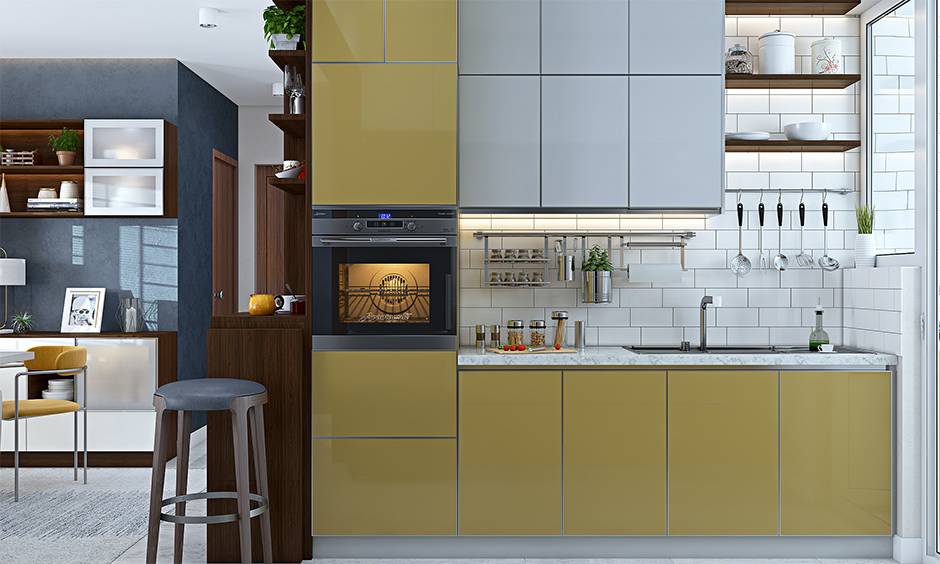
How Much Weight Can Kitchen Cabinets Hold
When it comes to kitchen organization, how much weight can kitchen cabinets hold? This is a question that often goes unasked until you’re standing in front of a cabinet, pondering whether it can handle your ever-growing collection of cookware. Whether you’re a culinary enthusiast with an extensive array of pots and pans or a family of four stocking up on groceries, understanding the weight-bearing capacity of your kitchen cabinets is essential.
From how much weight can a kitchen cabinet hold to deciphering the limits of a kitchen cabinet shelf, and even exploring the capabilities of an upper kitchen cabinet, this article will delve into the world of kitchen storage mysteries. We’ll not only uncover the science behind how much weight can kitchen wall cabinets hold but also shed light on the sturdiness of those trusty Ikea kitchen cabinets. So, whether you’re eyeing your kitchen base cabinets or contemplating the weight-holding prowess of lower kitchen cabinets, let’s embark on a journey to demystify these crucial kitchen components.
The Science Behind Cabinet Weight Capacity
Understanding how much weight kitchen cabinets can hold involves a bit of science. Cabinets are designed to distribute the load evenly, relying on the structural integrity of their materials and construction. The design of the cabinet, the caliber of the materials used, and the caliber of the installation all have a major impact on the weight capacity.
Factors Influencing Cabinet Load-Bearing Capacity
Cabinet Design
The design of your cabinets plays a significant role in determining their weight capacity. Cabinets with strong back panels and sturdy shelving are better equipped to handle heavier loads. Additionally, the type of cabinet (base, wall, or tall) affects its load-bearing capabilities.
Material Matters
The material used in constructing your cabinets is a critical factor. Solid wood cabinets tend to have a higher weight capacity than particleboard or MDF (Medium-Density Fiberboard) cabinets. Plywood is another durable option known for its strength.
Hardware Quality
The hinges, brackets, and drawer slides in your cabinets also contribute to their weight-bearing capacity. High-quality hardware can significantly enhance a cabinet’s ability to withstand heavy loads.
See more: How to Install Kitchen Cabinets on the Wall
Understanding Cabinet Materials
Let’s delve deeper into the materials commonly used in kitchen cabinets:
Solid Wood
Solid wood cabinets, made from hardwoods like oak, cherry, or maple, are known for their strength and durability. They can support a substantial amount of weight, making them an excellent choice for heavy kitchen items.
Plywood
Plywood cabinets are constructed from multiple layers of wood veneers glued together. This material offers impressive stability and weight-bearing capacity while being more affordable than solid wood.
Particleboard and MDF
Particleboard and MDF cabinets are budget-friendly options, but they have lower weight capacities compared to solid wood or plywood. They are suitable for lighter storage needs.
See more: How to Style Glass Kitchen Cabinets
Tips for Maximizing Cabinet Weight Capacity
To make the most of your kitchen cabinets’ weight capacity, consider these tips:
Proper Installation
Ensure your cabinets are correctly installed with sturdy wall anchors and proper support. A well-installed cabinet is more likely to handle heavy items.
Shelf Reinforcement
If you plan to store heavy dishes or appliances, reinforce cabinet shelves with additional brackets or supports to distribute the weight evenly.
Use Drawer Organizers
Drawer organizers help distribute weight evenly, preventing overloading of one specific area.
Regular Maintenance
Inspect your cabinets periodically for signs of wear and tear. Promptly repair any loose or damaged hardware to maintain its load-bearing capacity.
FAQs
How do I determine my cabinet’s weight capacity?
To determine your cabinet’s weight capacity, refer to the manufacturer’s specifications or consult a professional. Avoid exceeding the recommended weight limit to ensure safety.
Can I reinforce my existing cabinets to increase their weight capacity?
Yes, you can reinforce your cabinets by adding additional support brackets or upgrading the hardware. However, it’s essential to follow proper installation guidelines to maintain safety.
Are custom cabinets better for heavy storage needs?
Custom cabinets can be tailored to your specific needs and are often designed with higher-quality materials, making them a great choice for heavy storage requirements.
Conclusion
The question of how much weight can kitchen cabinets hold is no longer shrouded in mystery. From the weight-holding capabilities of a single kitchen cabinet to the resilience of kitchen cabinet shelves and the sturdiness of kitchen wall cabinets, we’ve uncovered the science and practical considerations that determine their load-bearing capacity.
Whether you’re eyeing those upper cabinets for storing your cherished dishware or relying on trusty Ikea kitchen cabinets to house your kitchen essentials, understanding the limits ensures a functional and safe kitchen space.
From the robustness of kitchen base cabinets to the reliability of kitchen wall cabinets, and even exploring the sturdiness of lower kitchen cabinets, you’re armed with the knowledge to make informed choices. And for our friends across the pond, we’ve also touched upon how much weight can kitchen cabinets hold in the UK and USA.
So, fear not when you reach for that heavy Dutch oven or stack your canned goods high. Armed with this knowledge, you can confidently make the most of your kitchen cabinets, ensuring they stand the test of time while holding the weight of your culinary ambitions.